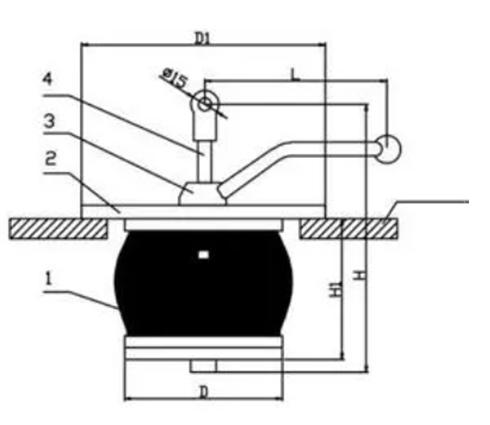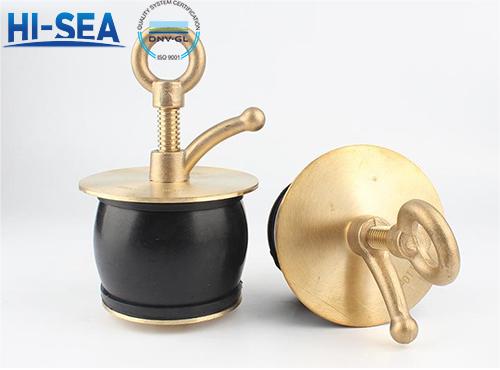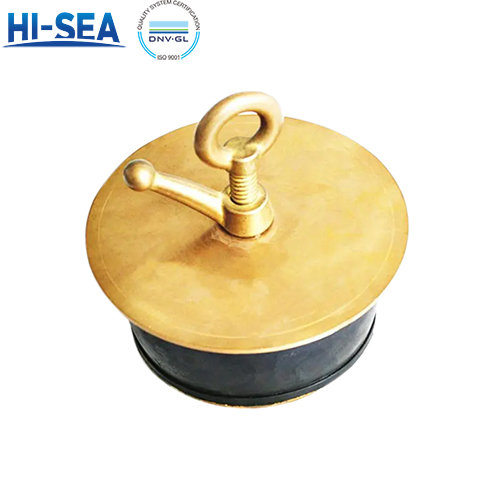
Marine Rubber Plug
Marine rubber plug is a kind of equipment to ensure that the water on the deck can be discharged in a timely and effective manner, keep the deck dry, prevent water and leakage, and prevent foreign matter from entering the drainage system to ensure the normal operation of the drainage system. Marine rubber plugs are usually made of corrosion-resistant, durable materials such as stainless steel, brass, etc., so that they can be well adapted to the Marine environment.
Overview
Problems that need attention in daily use
1. Regular inspection: Ensure that the sealing performance of the plug is good, without loosening or damage.
2. Cleaning and maintenance: prevent debris accumulation affecting drainage.
3. Pay attention to firm installation: avoid water leakage due to loosening.
4. Adapt to environmental changes: such as temperature, humidity, etc., to prevent the impact on the plug.
5. Prevent overload: Avoid too much water entering the drainage hole at the same time.
6. Pay attention to corrosion protection: anti-corrosion treatment according to the actual situation.
7. Follow the instructions: Understand the characteristics and limitations of plugs.
8. Timely replacement of the damaged plug: ensure the normal operation of the drainage system.
9. Pay attention to material adaptability: Choose the right material according to different environments.
10. Pay attention to the location and number of drainage holes: Ensure smooth drainage.
These precautions can help extend the service life of the Marine rubber plug and ensure the normal operation of the drainage system.
Drawing

Images of Marine Rubber Plug

CODE | D1 mm | D2 mm | H mm | L mm | Wt. kgs |
23 24 81 | 60 | 45 | 55 | 160 | 2.88 |
23 24 82 | 75 | 52 | 173 | 2.91 | |
23 24 83 | 90 | 65 | 65 | 3.90 | |
23 24 84 | 110 | 85 | 175 | 6.04 | |
23 24 85 | 115 | 90 | 6.52 | ||
23 24 86 | 135 | 110 | 7.55 | ||
23 24 87 | 165 | 135 | 9.63 | ||
23 24 88 | 200 | 165 | 13.13 |





